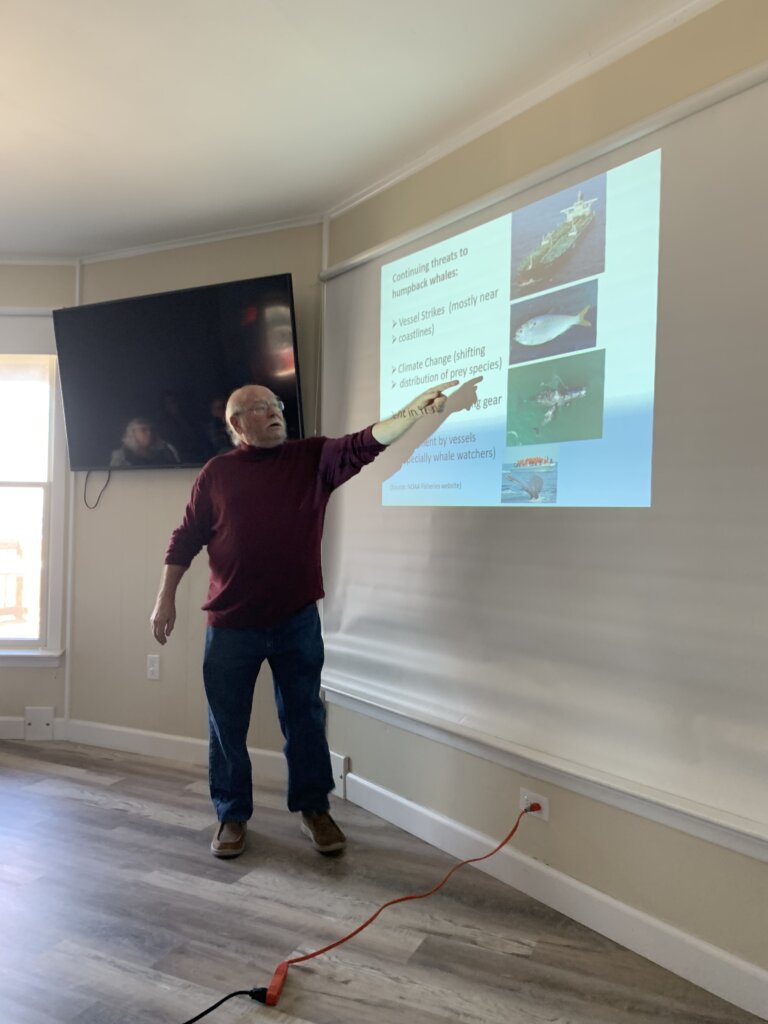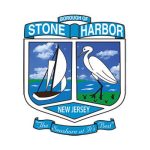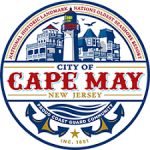CAPE MAY – One of the three biggest reasons for whale and other marine mammal deaths at the Jersey Shore is unknown, says Dr. Ralph Boerner, retired chairman of the Department of Evolution, Ecology and Organismal Biology at The Ohio State University.
Boerner, giving a Harborside Chat lecture at the Nature Center of Cape May on Feb. 1, told the audience that two of the top three reasons for whale deaths are vessel strikes and entanglement in fishing gear.
But the third most common reason cannot be determined, because carcasses come ashore decayed and having been fed on by other marine life.
Boerner said there is a lot of material put on the internet by people who have some financial interest in spreading false information.
“This is about data,” he said, referring to his presentation. “A wise person once told me that before I believe what someone tells me, I should first determine what that person has to gain for convincing me of their point of view and how reliable their data sources are.”
Boerner said there are reasons, some known and some unknown, for changes in whale populations off the East Coast of the United States. He said that in 2014 there was a 40% decline in the whale population that happened independent of any construction. The marine mammal deaths being followed so closely off the eastern shoreline over the last year or so likewise happened in the absence of any construction.
He said the areas that have proven to be places of risk for whale deaths are those where there is a lot of ship traffic.
Boerner said supertankers have been replaced with what he called “super-duper tankers,” or what are called ultralarge crude carriers, which can exceed 1,500 feet in length. He said the operators of such large vessels would have to spot a whale in its path at least 5 miles away to steer away from hitting it. He said these large vessels might not even sense a strike.
Boerner said whale deaths increased in the same timeframe that there has been increased ship traffic. At the same time there has been an increased presence of whales crossing the shipping lanes, as they follow their food.
He presented a slide that said that, according to a Marine Mammal Commission report dated Feb. 21, 2023, there was “no evidence to link (East Coast humpback whale) strandings to offshore wind energy development.”
Boerner also presented information suggesting the claim that wind farms would be detrimental to tourism was not supported by data. He said a study of tourism-related spending in the area of Block Island, Rhode Island, the site of the first commercial offshore wind farm in the United States, showed an increase in spending of nearly $15 million after the construction of the wind farm. He said it was suggested that some people visited the area because of the wind farm.

He also addressed the matter of soundings off the ocean floor being cited as disturbing the whales and causing their deaths. He said a study from 2018 used air guns and other devices that produce loud (130 decibels) sounds under the water and found that they only affected some whales, and only those within 4 kilometers of the device. Other whales, he said, did not seem to be bothered by the sounds.
Speaking to wind farms’ effect on fishing, Boerner said research conducted in 2012 from monthly trips to the Block Island Wind Farm in a commercial trawler showed that the vessel easily navigated between the wind turbines, and nearly 664,000 fish were collected during the study. The conclusion was there was no negative effect on fish from the construction and operation of the wind farm.
He offered data from the National Oceanic and Atmospheric Administration saying that since 1991, there have been 72 cases of unusual mortality events along the eastern shoreline, and 64 of those have been fully closed.
Three others are in the process of being closed, and three of the remaining five open cases are related to the New Jersey shoreline: Mortality in 2022 involving gray and harbor seals, with disease being considered as a significant cause; the deaths of North Atlantic right whales in 2017 from vessel strikes and fishing gear entanglement; and, also from 2017, humpback whale deaths with vessel strikes being considered as a significant cause.
Boerner cited information from the Marine Mammal Stranding Center, which has recorded almost 6,000 strandings in its history. Of those strandings, 241 have been whales, an average of 5.4 per year. There have been 1,259 dolphin strandings, or 28 per year, 1,927 seal strandings, or 42 per year, and 2,776 sea turtle strandings, or 30.6 per year.
Boerner ended his talk by repeating that some of the biggest threats to humpback whales are vessel strikes and entanglement in fishing gear, while adding that other contributors are the shifting distribution of prey species due to climate change and harassment by vessels, especially whale-watching boats.
Contact the author, Christopher South, at csouth@cmcherald.com or 609-886-8600, ext. 128.









